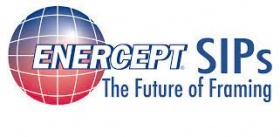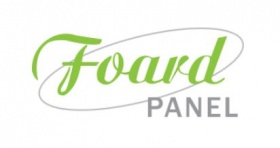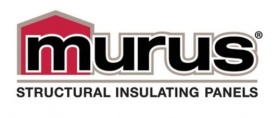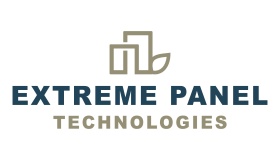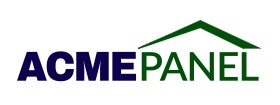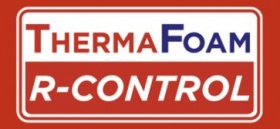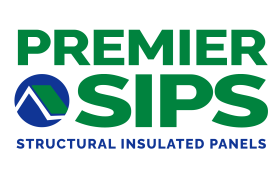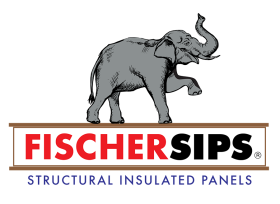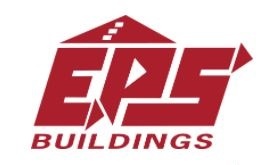
SIPs and Formaldehyde
Concern is occasionally expressed over the health effects of formaldehyde and its classification as a carcinogen. This product guide from APA—The Engineered Wood Association addresses the concerns related to structural wood panels and explains why plywood and OSB manufactured to U.S. Product Standards PS 1 and PS 2 have such low emission levels that they are exempt from the leading formaldehyde emission standards and regulations.
2019 Update: OSB Still Exempt
The U.S. Environmental Protection Agency’s final amended formaldehyde rules are now official. Structural plywood, oriented strand board (OSB) and other structural engineered wood products remain exempt from the EPA TSCA Title VI rules on formaldehyde emissions from composite wood products. The exemption includes all structural wood products manufactured with moisture-resistant adhesives for construction and industrial applications, such as structural plywood, OSB, wood I-joists, laminated veneer lumber and glued-laminated timber. These products are manufactured using low emitting, moisture-resistant adhesives, per the applicable product standards and building codes that govern them.
What is Formaldehyde?
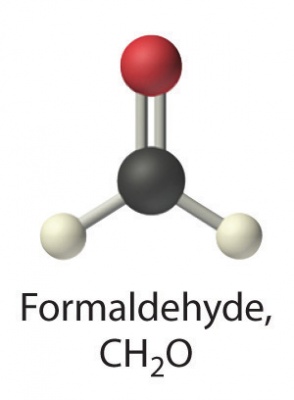
Formaldehyde is a simple chemical made of hydrogen, oxygen and carbon. It occurs naturally and is the product of many natural processes. It is made by our bodies and is in the air. Plants and animals also produce formaldehyde. It is in many fruits and vegetables and is a byproduct of cooking certain vegetables such as Brussels sprouts and cabbage. This chemical breaks down quickly and is metabolized to simple carbon dioxide. Our bodies readily break down the low levels to which we are exposed everyday.
How Much Formaldehyde is in Wood?
All wood species, and therefore all wood products, contain and emit small amounts of formaldehyde. Because formaldehyde occurs naturally in wood, there is no such thing as “formaldehyde-free” wood. An oak tree, for example, emits 0.009 parts per million (ppm) of formaldehyde. By itself, this is a very low quantity, but densely wooded areas can have much higher concentrations. It follows that any wood cut from that oak tree also contains small amounts of formaldehyde, as do all wood products.
Formaldehyde Regulations and Structural Wood Products
Structural wood products such as plywood and oriented strand board (OSB) are manufactured to meet stringent product standards, including Voluntary Product Standard PS 1-07 for Structural Plywood and Voluntary Product Standard PS 2, Performance Standard for Wood-Based Structural-Use Panels. Because wood products produced under these standards are designed for construction applications governed by building codes, they are manufactured only with moisture-resistant adhesives that meet Exterior or Exposure 1 bond classifications. These adhesives, phenol formaldehyde and diphenylmethane diisocyanate (MDI), are chemically reacted into stable bonds during pressing. The final products have such low formaldehyde emission levels that they easily meet or are exempt from the world’s leading formaldehyde emission standards and regulations:
- U.S. HUD Manufactured Housing Standard. This standard specifies a 0.20 ppm emission limit for (non-structural) plywood using the ASTM E1333 method. Because of its extremely low formaldehyde emission levels, phenolic-bonded structural plywood is exempt from the testing and certification requirements of the standard. While there is no specific limit stated for OSB, it has been well accepted that the stated exemption for panels that use phenolic adhesives is applicable to OSB products meeting Voluntary Product Standard PS 2.
- California Air Resources Board (CARB) Air Toxic Control Measure for Composite Wood Products. This regulation, developed by a division of the California EPA, is considered the most stringent formaldehyde emissions regulation in the United States. In recognition of the different formaldehyde emission levels of different types of wood products, definition No. 8 of the regulation explicitly exempts “structural plywood,” “structural panels,” “structural composite lumber,” “oriented strand board,” “glued laminated timber” and “prefabricated wood I-joists.”
- Under the Japanese Agricultural Standards (JAS), panels meeting the most stringent formaldehyde requirements are required, using test method JIS A 1460, to have average emission levels below 0.30 mg/l. PS 1 and PS 2 panels easily meet requirements. This formaldehyde regulation for wood panels is widely considered the most stringent in the world.
- OSB panels sold into European markets must meet the EN 300 standard and be rated for formaldehyde emissions based on the EN-717-1 test method using a formaldehyde test chamber. Structural plywood sold into Europe must meet EN 636 and be evaluated for formaldehyde based on EN 717-1. Structural plywood and OSB manufactured in accordance with PS 1 and PS 2 panels easily meet the E-1 formaldehyde emission limits of 0.124 mg/m3 in these standards.
For More Information on Formaldehyde
For more information on formaldehyde and its presence in wood building materials, please refer to the following publications and websites:



